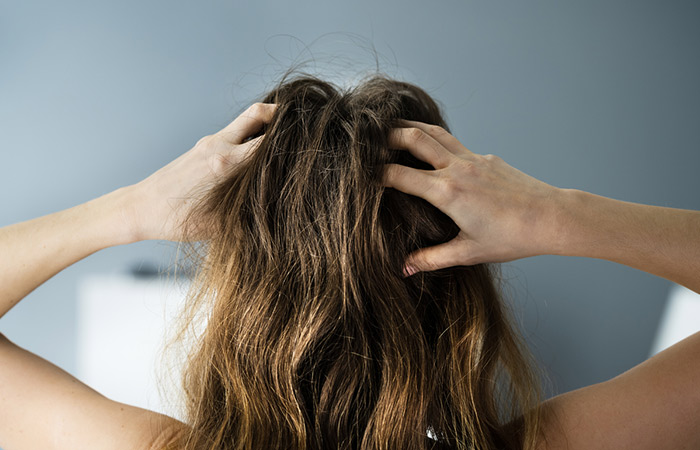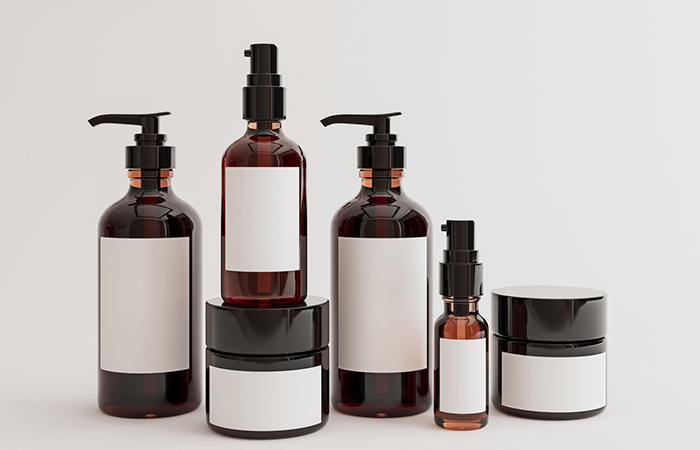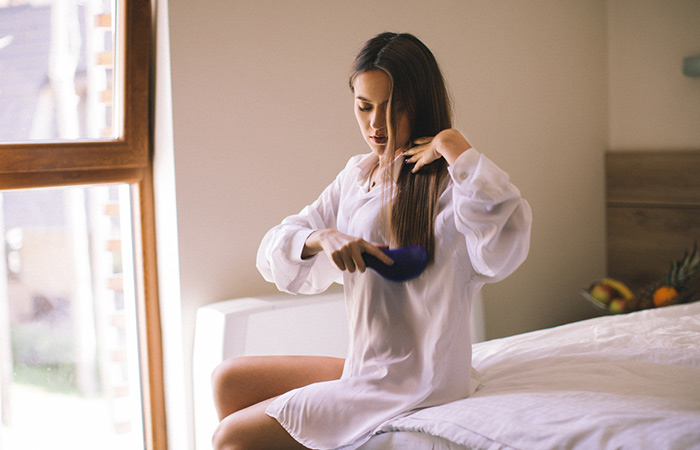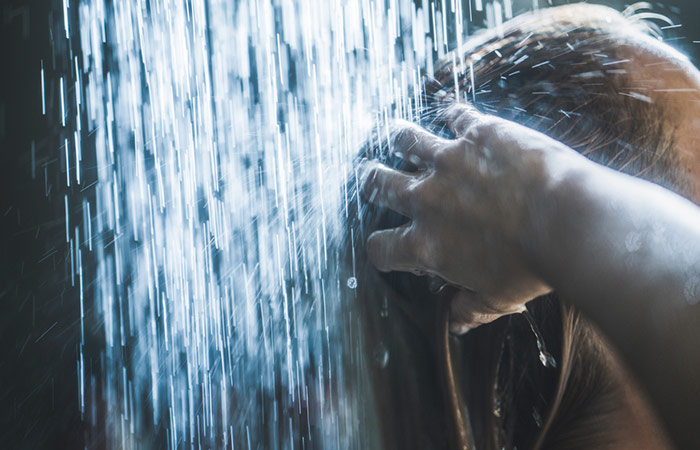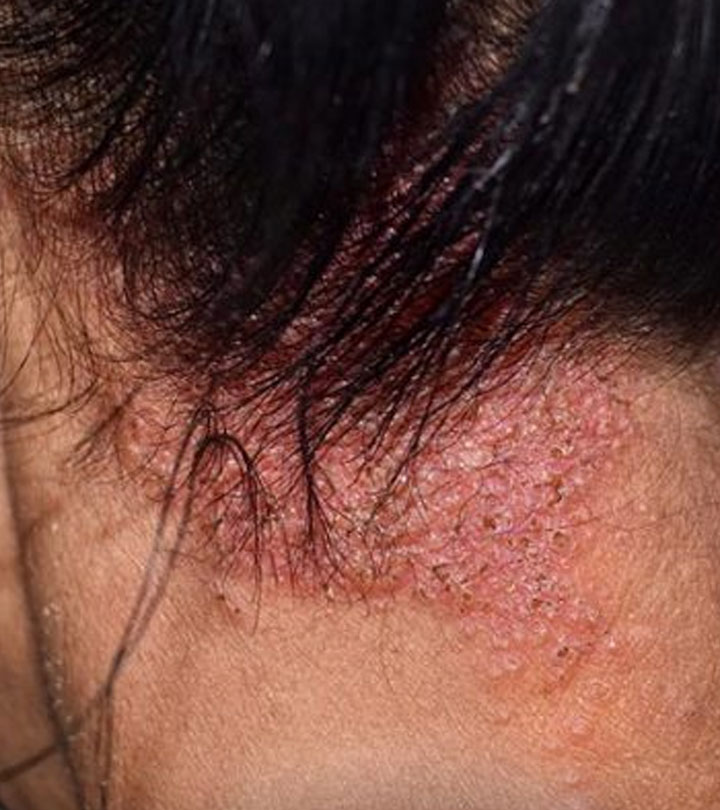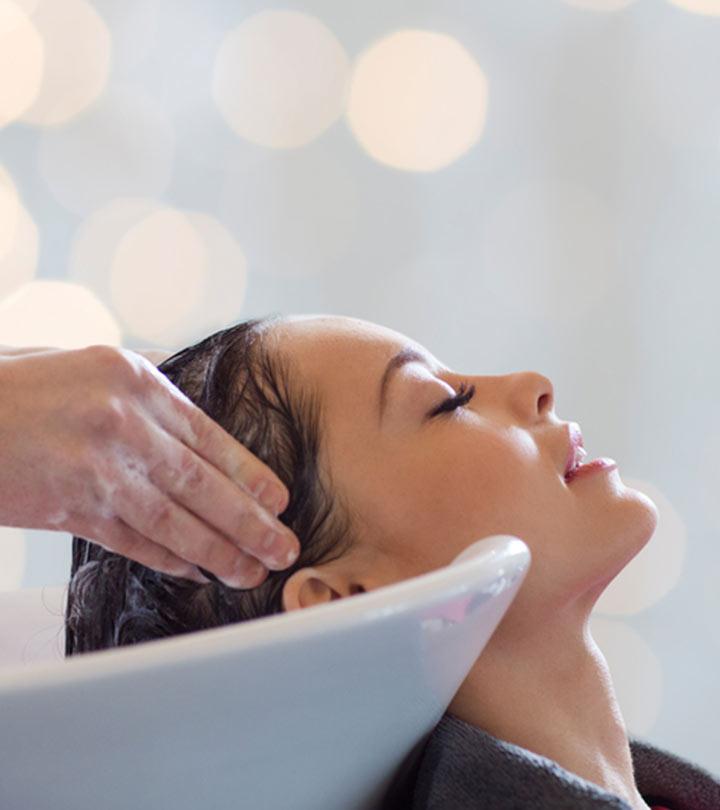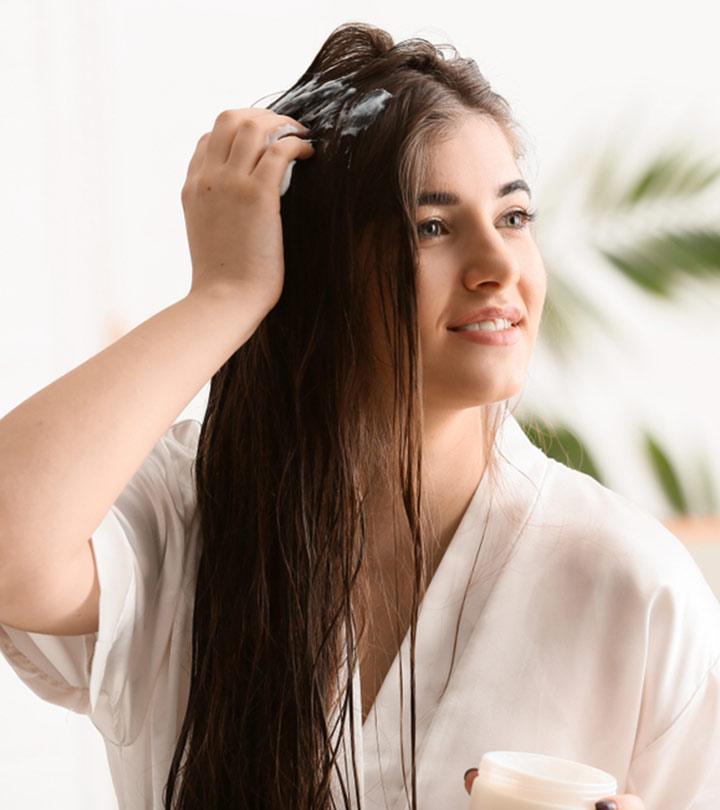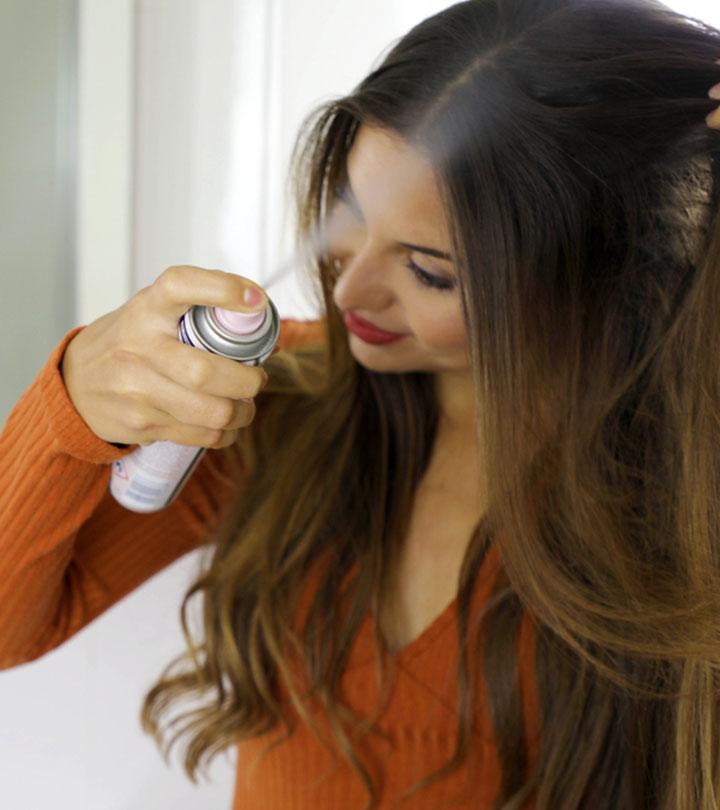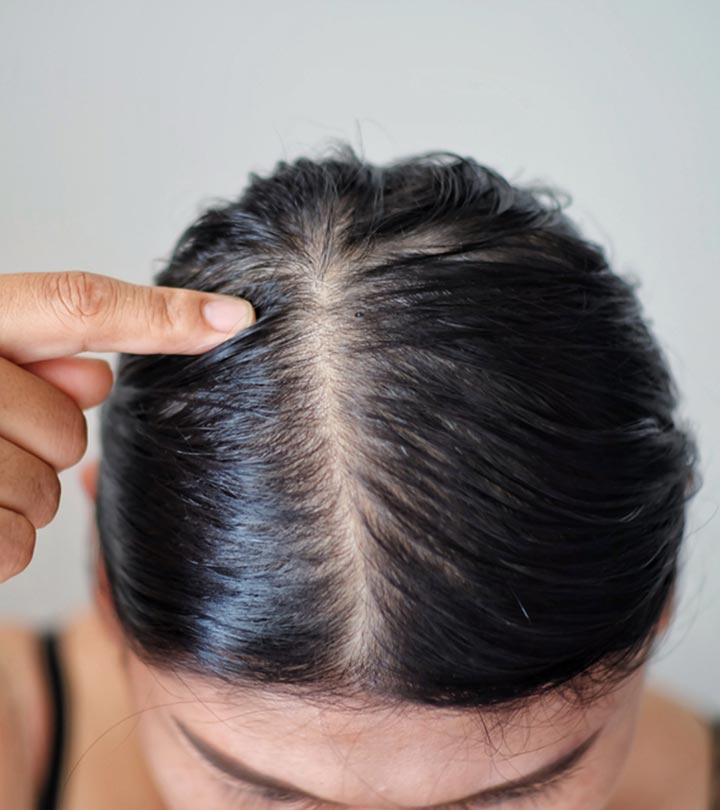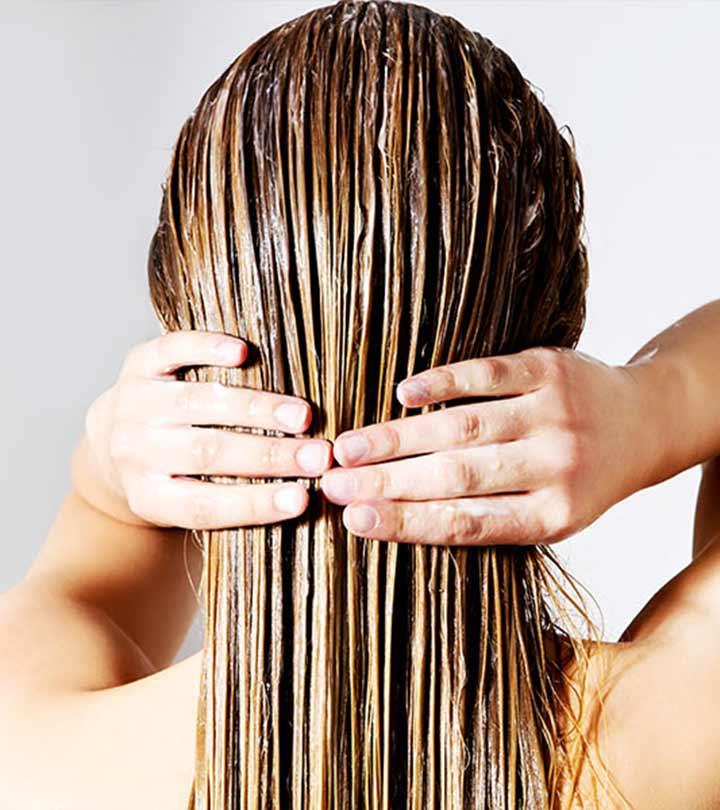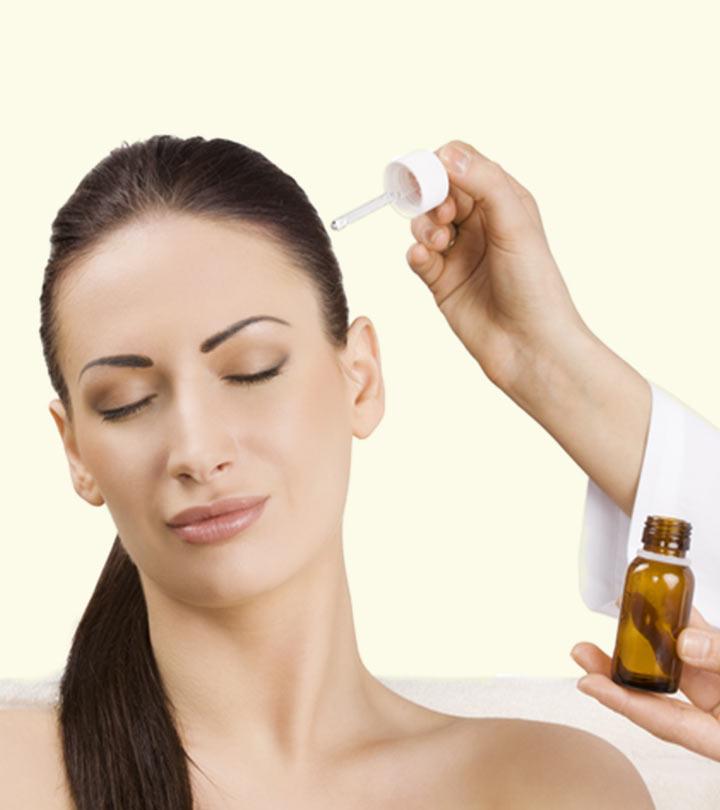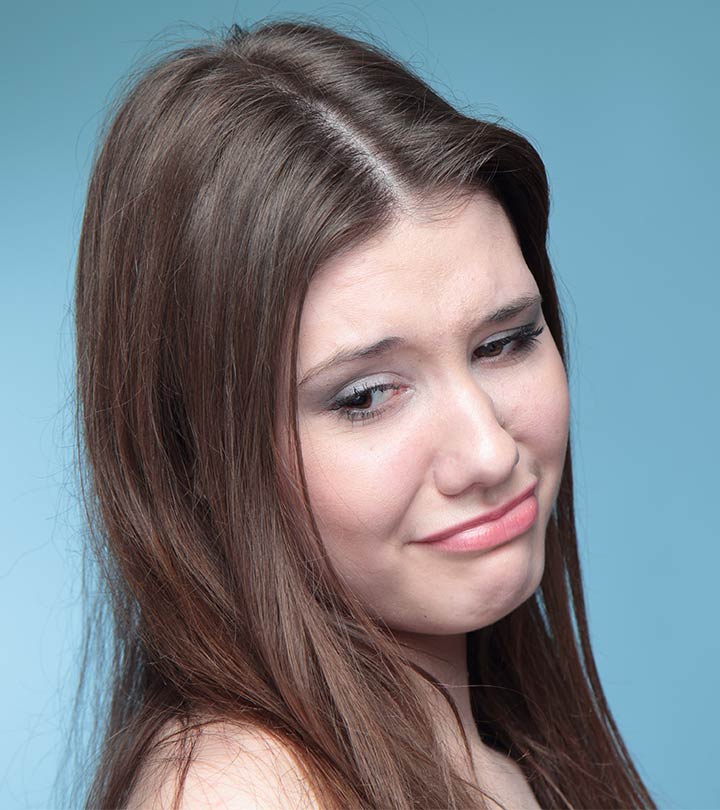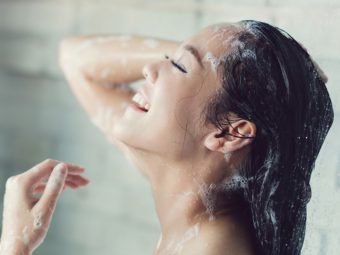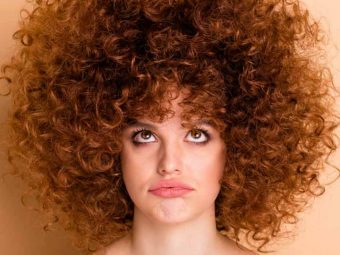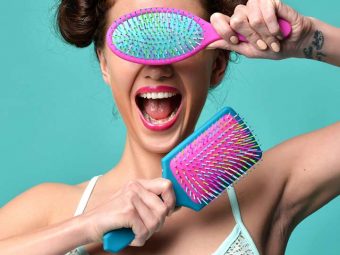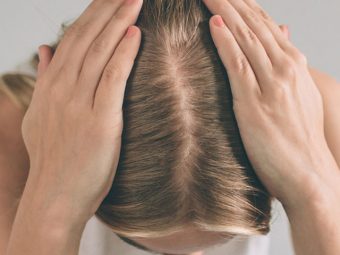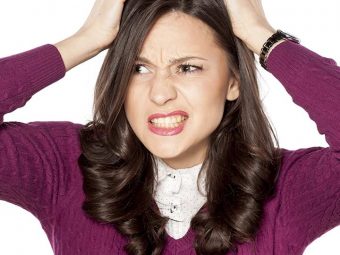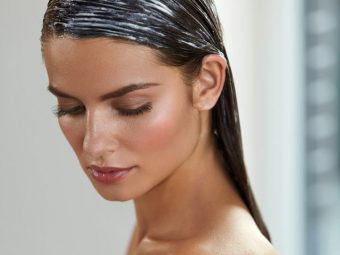How To Get Rid Of Scalp Buildup Effectively
A combination of the right products and hair care practices is key to managing scalp buildup.
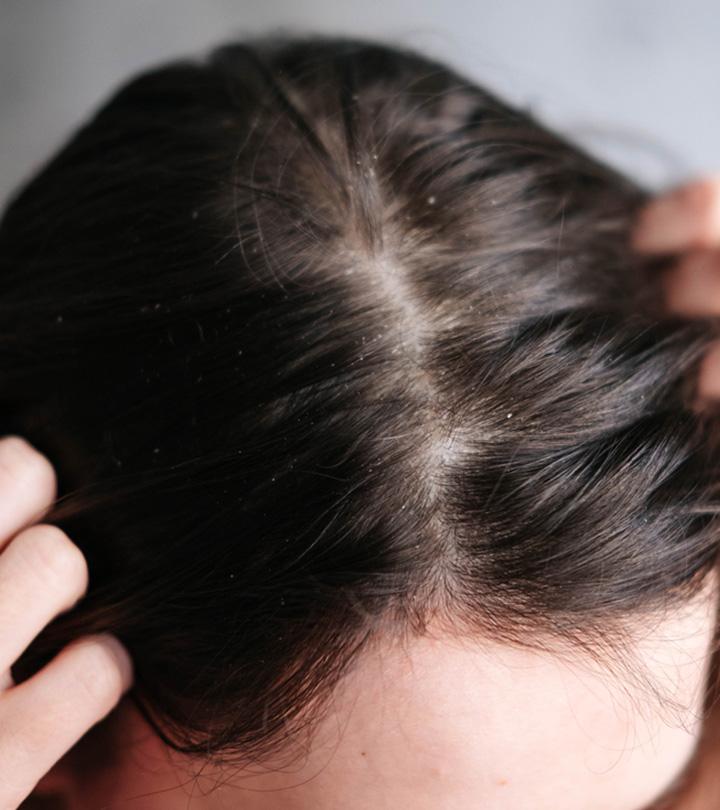
Image: ShutterStock
There is a chance that you may not have dealt with scalp buildup effectively if your scalp remains greasy and flaky even after using shampoo. Scalp buildup looks like dandruff on your scalp. Dry shampoos can accumulate residue on your scalp over time. If left unattended, it can cause issues. No worries, you can remove the buildup with a few simple steps.
This article describes how you can get rid of scalp buildup, the reasons behind it, and how to prevent it from occurring by following a healthy hygiene regimen. Take a look.
In This Article
What Is Scalp Buildup?
Scalp buildup is the accumulation of excess oil (sebum), sweat, dead skin cells, and leftover hair care products on the scalp.
- The flaky residue can be white or gray and is often confused for dandruff.
- The scalp can feel greasy or waxy due to the overproduction of natural oils. If left unchecked, scalp buildup can clog hair follicles and eventually lead to infections, folliculitis, scalp acne, and hair loss.
- Scalp buildup often results in symptoms similar to other scalp conditions such as seborrheic dermatitis, eczema, and psoriasis. These symptoms include an itchy scalp, redness or inflammation, dry scalp, and swelling.
Find out the causes of scalp buildup in the next section.
What Causes Scalp Buildup?
It is normal for dead skin cells and natural oils to accumulate on the scalp. However, excess use of hair care products, improper hair rinsing, and skipping hair washing can cause scalp buildup.
| Sebum | The glands in the scalp produce a natural, waxy oil called sebum that moisturizes and protects the scalp and hair. Overproduction of sebum can make the scalp greasy and result in scalp buildup. |
| Dead skin cells | The scalp constantly renews itself by sloughing off dead skin cells. Dead skin cells that are not removed collect on the scalp and lead to scalp build up. |
| Sweat | Sweat on the scalp helps flush out the toxins. The scalp needs to be cleaned regularly to remove sweat, toxins, and other impurities excreted by the body. |
| Product residue | Hair sprays, dry shampoos, gels, mousse, and leave-in conditioners can leave behind a residue. Excess use of these hair care products or improper cleansing can accumulate on the scalp as buildup. |
We have learnt the causes of scalp buildup. How does it look? Scroll down to find out.
What Does Scalp Buildup Look Like?
Scalp buildup looks similar to dandruff. It is flaky residue that can be grayish-white. It may feel greasy and have an unpleasant odor. Sometimes, dandruff also adds up to scalp buildup.
Removing scalp buildup is simple. We have discussed it in the following section.
How To Get Rid Of Scalp Buildup
- Clarifying Shampoos: These shampoos are specially formulated to remove the greasy residue on your scalp effectively. Keep in mind that clarifying shampoos can be drying and must be used sparingly (once a month). They should not be used in place of your regular shampoos.
- Rinse Your Hair Properly: Residue, especially from dry shampoos or natural oils, sweat, and dead skin cells can cause long-term issues if not removed. Rinse your scalp thoroughly to remove buildup and keep it clean.
- Use Lukewarm Water: Washing your hair with lukewarm water can help dissolve the oily scalp residue. Ensure the water is not too hot.
- Use The Products Properly: Shampoos should be used on the scalp, while conditioners should be used on the hair strands. Often, we use conditioners on the scalp, making it greasy and oily. They also make hair limp and heavy. Remember to gently massage the shampoo on the scalp and hair roots to clean the scalp buildup. Avoid aggressive scrubbing as this can lead to scabs, sores, and hair breakage.
- Brush Your Hair Regularly: Keeping your hair tangle-free can reduce product buildup. Unruly, tangled, and knotty hair can trap the residue and aggravate the scalp. Brushing your hair regularly and using natural bristles (boar) can help detangle the hair and distribute the natural oils and products evenly throughout the hair strands. Serums, detanglers, and leave-in conditioners, when used in adequate amounts, can help untangle your hair.
- Home Remedies: Anecdotal evidence suggests that following natural scalp treatments with apple cider vinegar rinse or baking powder in the shampoo can help remove scalp build up. It is widely believed that these ingredients exfoliate the scalp by dissolving product residue. However, remember, you can only try these natural remedies if there is no inflammation on the scalp.
 Quick Tip
Quick TipWhile treating scalp buildup is good, preventing it is even better. Let us explore the various ways you can prevent scalp build up altogether.
How To Prevent Scalp Buildup
The best way to treat scalp buildup is to stop it before it starts. If you are prone to scalp build up, you may take these preventive measures:
- Avoid Excess Use Of Products: Haircare products are a great way to style and care for your hair. However, use them prudently, as excess use can lead to the accumulation of scalp residue and even make your hair dull Always follow the manufacturer’s instructions carefully for effective results.
- Keep Your Hair Healthy: Harsh chemicals and pollution can make your hair dirty and greasy. Wash it regularly to keep your scalp clean. Washing your hair after a workout to get rid of the sweat and grime on the scalp can also help.
- Maintain A Healthy Hair Routine: Have a dedicated hair care routine suitable for your hair type. It will also help improve hair growth and prevent further hair damage.
Most often, scalp residue is neglected in its initial stages. Untreated scalp buildups can cause issues.
 Quick Tip
Quick TipRisk Factors Of Scalp Buildup
- Scalp buildup can clog hair follicles and become a breeding ground for scalp microbes, leading to infections and dandruff.
- The inflammation in the follicles can cause folliculitis and scalp acne.
- Clogged hair follicles can also lead to hair loss.
- Poor scalp health and lack of hydration can irritate the skin and make you vulnerable to other scalp conditions such as psoriasis and eczema.
Infographic: Top 5 Tips To Get Rid Of Scalp Buildup
Scalp buildup is often caused due to an infection or lack of hygiene and can be persistent and difficult to eliminate. If left untreated for long, it can damage your hair follicles and cause hair fall. But fret not! We have some pointers for getting a healthier scalp. Check out the infographic below for 5 easy tips to get rid of unwanted hair and scalp impurities.

Illustration: StyleCraze Design Team
Save the high-quality PDF version on your device now.
Download Infographic
The accumulation of sebum, moisture, dead skin cells, and residual hair care products on the scalp may lead to buildup. The accumulation of dead skin cells and natural oils on the scalp is common. Excessive use of hair care products, incorrect rinsing, and skipping hair washing are a few factors behind buildup. Maintaining regular scalp cleanliness will aid in the reduction of scalp buildup and the improvement of hair health. To avoid scalp buildups, stick to a specific hair care regimen that includes regular hair washes and proper rinses, using the right products for your hair type, and limiting hairstyling products.
Frequently Asked Questions
Why is my scalp oozing?
When your scalp begins to ooze, it is usually due to a sore on the scalp that has gotten irritated, inflamed, or popped. As a result, it’s crucial to identify the kind of sores and address the underlying cause. Numerous factors can cause sores to appear on the scalp. The most prevalent ones include psoriasis and eczema. Certain products can ease the symptoms, including specialized shampoos, medications, and creams.
What are hard bumps on the scalp?
Many conditions can produce hard bumps on your scalp, from less serious ones like a brief allergic reaction to more serious ones like skin cancer. Generally, most scalp bumps go away on their own with mild scrubbing and a shower rinse. However, you may need to consult a dermatologist if you have bumps that are persistent or recurring.
Should I wash my hair every day if I have seborrheic dermatitis?
Yes, washing your hair every day is the most crucial thing you can do to treat and prevent seborrheic dermatitis. This might be an issue for many people, but if seborrhea is to be treated, daily hair washing is crucial. Until your symptoms reduce, wash your hair every day with a medicated shampoo. After that, start shampooing once or twice per week.
Key Takeaways
- Scalp buildup is the accumulation of excess oil (sebum), sweat, dead skin cells, and leftover hair care products on the scalp.
- Scalp buildup symptoms include an itchy scalp, redness or inflammation, and swelling.
- Apple cider vinegar rinse or baking powder in the shampoo can help remove scalp buildup.
Learn how to deep cleanse your scalp and remove product buildup for healthy hair growth with this easy-to-follow scalp scrub tutorial. Do not miss watching it.



